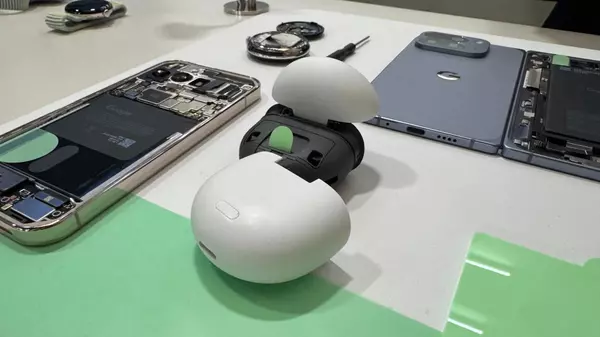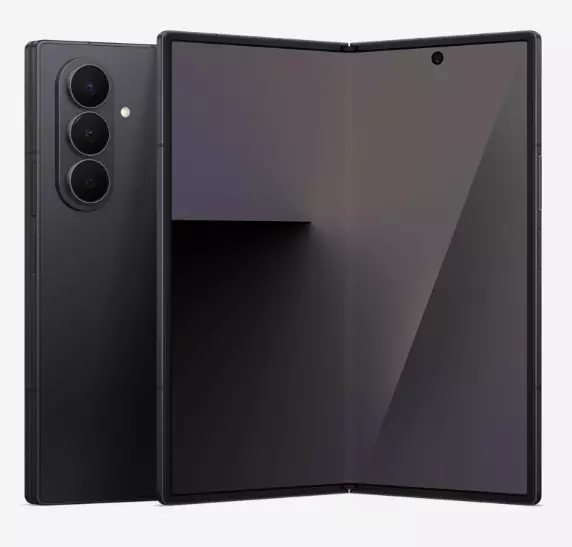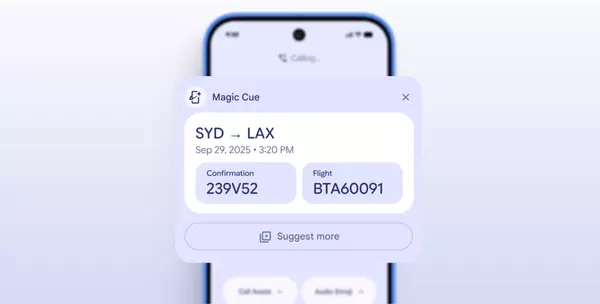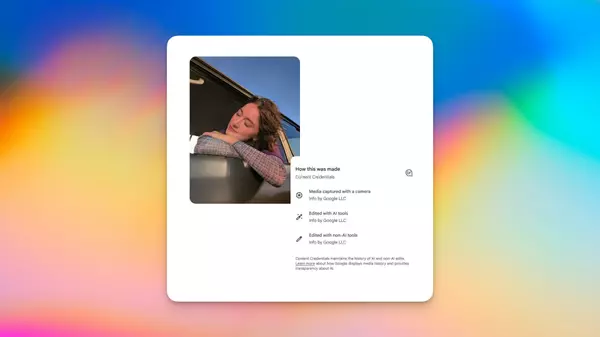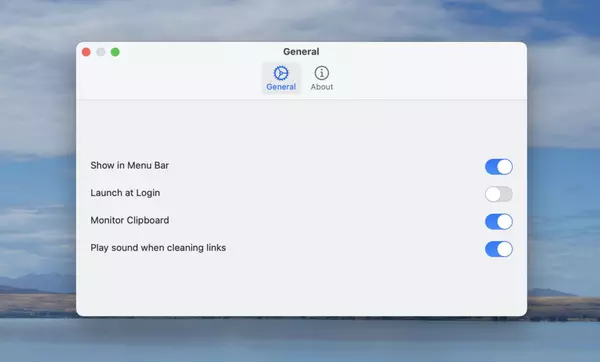Sony's Newest Gaming Headset Is a Lot Like the WH-1000XM6

We may earn a commission from links on this page.
When it comes to the active noise cancelling headsets, two big names are currently vying for the top slot: Apple and Sony. I've used both, and each easily offers more reliable noise reduction than anywhere else, drowning out both high and low frequencies with little issue. The problem? If you want the best each brand has to offer—whether that's the AirPods Max or the Sony WH-1000XM6—you have to shell out upwards of $400. That's why each company also offers step-down models, like the Beats Studio Pro wireless headphones from Apple.
Unfortunately, Sony's step-down models haven't been as compelling to me, coming in cheaper than the Beats but also lacking in sound quality and extra features. Now, though, there's finally a decent mid-range WH-1000 series alternative—and of all things, it's a gaming headset.
Announced today as Sony's latest PC gaming headset, the Inzone H9 II is also an attractive mid-budget substitute for the WH-1000XM6. It's more expensive than the cheaper ULT series, but finds the midpoint between budget and luxury that Sony's been lacking.
Updated drivers
Three updates make the H9 II worth paying attention to as a WH-1000 series alternative. The first, and most obvious, is that it uses the same audio drivers as the WH-1000XM6, and the same ANC sensors.
That means the core audio playback and noise cancelling experience will be nearly identical to Sony's most premium headset, which I can't say of the ULT series and the previous H9 headset. Those models, while technically having bigger drivers at 40mm versus 30mm, prioritized bass, whereas the WH-1000XM6 and H9 II have a more balanced soundstage. Since this is a gaming headset, that means it will be easier to hear high-frequency sounds like bullets, but also, music will sound a bit more neutral, leaving you more room to fine tune your settings with an equalizer. That's something my colleague Daniel Oropeza appreciated when he reviewed the XM6. Basically, previous cheaper Sony headsets decided how your audio would sound for you, but this gives you more room to experiment.
A removable microphone

Recommending a gaming headset as an alternative to an everyday listening headset raises a big question: What about the microphone? I'm the type of person who will fold an attached boom mic up and away when not in use, but I recognize that others aren't as unafraid of appearing cringe. Luckily, the H9 II's microphone is fully removable.
That microphone, which has been upgraded to be unidirectional, plugs into the headset via a standard headphone jack, meaning gamers get full, latency-free connectivity while it's in use, but everyone else can simply unplug it when they want to take the headset out of the house. And taking the microphone off actually makes the headset lighter. While the prior H9 was 0.73 pounds, this model is 0.6 pounds with the microphone attached and 0.57 pounds with it detached. Not too bad, given that the WH-1000XM6 weighs 0.56 pounds. Plus, there's also a new headband structure, which is supposed to distribute weight more evenly on your head. I didn't notice much of a difference, but I assume high-level esports players will appreciate this more.
At any rate, without the microphone attached, the H9 II doesn't look much like a gaming headset, especially because it comes in both white and black, so you don't have to stick to PlayStation colors.
Mobile app connectivity
Setting up sound profiles or equalizer settings for the previous H9 headset was a bit of a pain, since while it did have spatial sound and equalizer support, you could only access these through the Inzone Hub app for PC. That's not great if you want to listen on the go, which is why this time, Sony has thrown in support for the Sony Sound Connect mobile app. That means you'll be able to adjust the equalizer on the go, and while there are physical controls for noise cancelling on the headset, you'll also be able to turn it on and off through the app.
To help with this, there's also LE Audio support for connecting to devices that support the new Bluetooth standard, which reduces latency and power draw. And for anyone still mad at Apple for removing the audio jack on the iPhone, the H9 II adds a new 3.5mm aux jack for plugging into any other device to listen to sound directly.
What do you lose from the WH-1000XM6?

On the surface, it sounds like this new gaming headset is essentially just an XM6 in different clothing. While I'd say that's not too far off from the truth, there are still a few concessions here.
First, these don't fold up for easy storage like on the XM6, and the included carrying case is a soft bag rather than a robust hardshell. Second, some advanced software features, like adaptive sound control, aren't present. That means no automatic swapping between ANC or ambient mode depending on if you're sitting or walking around outside. Third, if you have the detachable boom mic removed, you're not going to be able to make calls—there are no built-in beamforming microphones like there are on the XM6.
Still, while this isn't the exact same experience, depending on how you use your headset, you might not feel the loss. The estimated battery life is even the same, at about 30 hours. While I haven't drained them entirely yet, I can say that a quick charge of five minutes is all you need for about three hours of play.
Gaming first features

While I'm positioning this as a mid-budget alternative to Sony's best headphones, it's worth remembering that these are being sold to gamers first. That means there's a few extra goodies here if you like to click heads in your spare time.
First, Sony worked with esports organization FNATIC to pre-equip the H9 II with three equalizer presets specifically for first person shooters. These are available both in the Inzone Hub PC app and the Sony Sound Connect mobile app, meaning you'll be able to use them with both PC and console, and I found them especially convenient. Testing them out in Apex Legends, I definitely noticed bullets and footsteps more easily with them on, and I'm not sure I would have been able to tune the equalizer myself to get those settings.
Second, unlike on the WH-1000XM6, there's a USB-C dongle included. While that's mostly to keep latency low for gaming, it also makes it easy to listen to audio from any device with a USB-C port, which can be helpful for keeping multiple connections active, or for when a device doesn't support Bluetooth.
Price and availability

Now, it's time to rip the bandage off. Remember that this is a cheaper headset, but not a budget-oriented one. Available for pre-order now (with an official release date set for some time this fall), the Sony Inzone H9 II costs $350, whether you opt for black or white. That's certainly a pretty penny, but given that the WH-1000XM6 costs $450, and that the H9 II has much of the same tech, I'd say it still finally hits that mid-range Sony headphone price point I've been waiting on.
Categories
Recent Posts


